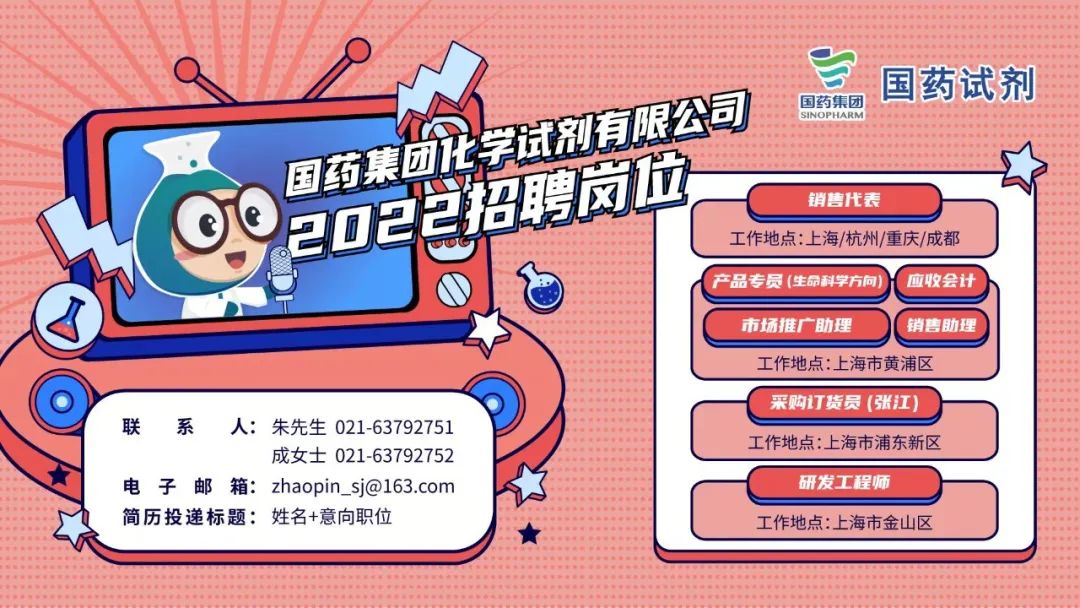Since when has Vitamin C become a “miracle drug”?
Many people, upon showing symptoms of a cold,
hurry to drink a large glass of orange juice
or take various Vitamin C supplements
in hopes of completely driving away the pathogens.
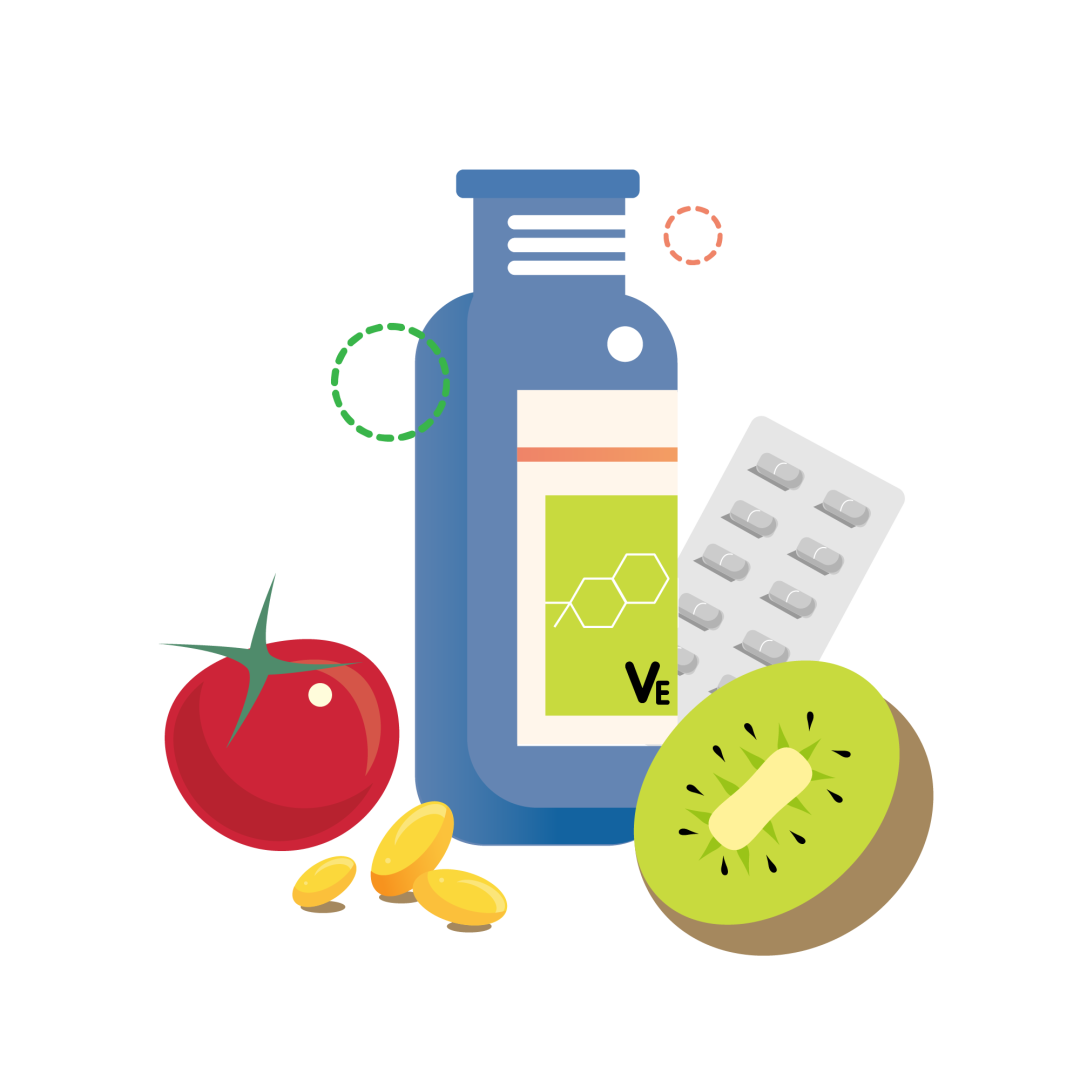
So, is Vitamin C really the “miracle drug” for colds?
We need to start with the definition of Vitamin C.
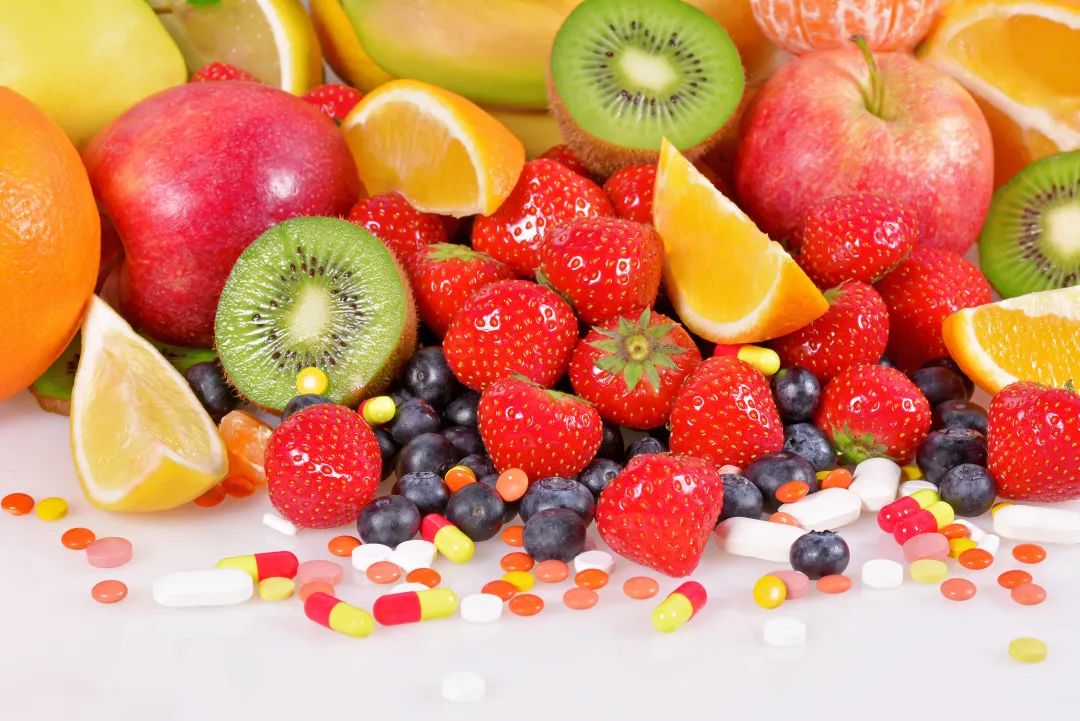
Vitamin C, also known as L-ascorbic acid, is necessary for the formation of antibodies and collagen, tissue repair (including certain redox reactions), folate metabolism, fat and protein synthesis, maintaining immune function, keeping blood vessel integrity, and promoting non-heme iron absorption.
In the human body, Vitamin C acts as a potent antioxidant, used to alleviate oxidative stress caused by ascorbate peroxidase. Additionally, many important biosynthetic processes require the involvement of Vitamin C.
Today, let’s take a look at the methods for determining Vitamin C products in the USP (United States Pharmacopeia).
>> USP General Chapter 580: Determination of Vitamin C <<
The following procedures can be used to analyze different forms of Vitamin C, such as ascorbic acid (C₆H₈O₆), sodium ascorbate (C₆H₇NaO₆), and calcium ascorbate dihydrate (C₁₂H₁₄CaO₁₂ · 2H₂O), or mixtures of their finished dosage forms such as capsules, tablets, or oral solutions.
Capsule Sample Solution
Weigh at least 20 capsules in a tared weighing bottle. Open the capsules without losing any shell material and transfer the contents to a 100 mL beaker. If necessary, wash with ether to remove impurities adhering to the empty shells. Discard the wash liquid and dry until the smell of ether is no longer detectable. Discard the wash liquid and dry the capsule shells with the help of a stream of dry air until the smell of ether is no longer detectable. Weigh the empty capsule shells in the tared weighing bottle and calculate the average net weight per capsule. Transfer a portion of the capsule contents equivalent to 100 mg of ascorbic acid to a 200 mL volumetric flask, add 75 mL of phosphoric acid-acetic acid TS, insert the stopper into the volumetric flask, shake mechanically for 30 minutes, and make up to volume with water.
Oral Liquid Sample Solution: Transfer an amount equivalent to 50 mg of ascorbic acid (diluted with water if necessary) of the oral solution to a 100 mL volumetric flask. Add 20 mL of phosphoric acid-acetic acid TS, make up to volume with water, and mix well.
Tablet Sample Solution
Grind at least 20 tablets. Transfer a powder equivalent to 100 mg of ascorbic acid to a 200 mL volumetric flask, add 75 mL of phosphoric acid-acetic acid TS, insert the stopper into the volumetric flask, shake mechanically for 30 minutes, and make up to volume with water.
Blank: A mixture of 5.5 mL of phosphoric acid-acetic acid TS and 15 mL of water.
Titration Analysis: (See USP General Chapter 541 for titration method)
Mode: Direct titration
Titrant: Dichlorophenol-indophenol VS standard solution
Result Detection: Visual
Analysis
Transfer a portion of the sample solution to a centrifuge tube and centrifuge until a clear supernatant is obtained. Transfer a specific volume of the sample solution (equivalent to 2 mg of ascorbic acid) to a 50 mL conical flask and add 5 mL of phosphoric acid-acetic acid TS. Titrate with the titrant until a rose pink color persists for at least 5 seconds. Correct for the volume of titrant consumed by the blank.
Calculate the percentage of ascorbic acid (C₆H₈O₆) in the portion of the sample taken:
Result = {[(VS − VB) × F]/W} × 100
VS = Volume of titrant consumed by the sample solution (mL)
VB = Volume of titrant consumed by the blank (mL)
F = Concentration of the titrant in ascorbic acid equivalents (mg/mL)
W = Nominal weight of ascorbic acid used for analysis (mg)
As a USP authorized agent in China, Sinopharm Reagents can provide you with USP standards to support your daily research work.
USP General Chapter 580: Determination Method 1
Products Applied
|
Product Code |
Product Name |
Specification |
CAS Number |
Brand |
|
USP-1043003 |
Vitamin C Standard |
1g |
50-81-7 |
USP |
|
USP-1613509 |
Sodium Ascorbate Standard |
200mg |
134-03-2 |
USP |
|
USP-1086356 |
Calcium Ascorbate Standard |
200mg |
5743-28-2 |
USP |
|
USP-1187954 |
2,4-Dichlorophenol Standard |
100mg |
120-83-2 |
USP |
For more product information, please consult the sales personnel of Sinopharm Reagents.
In the next issue, we will continue to introduce “The Second Method for Determining Vitamin C”, stay tuned!
Previous Issues
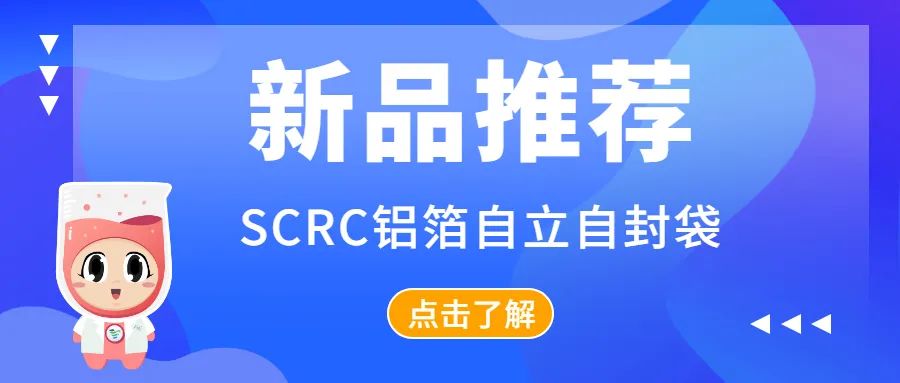
▲ SCRC Aluminum Foil Stand-Up Pouch
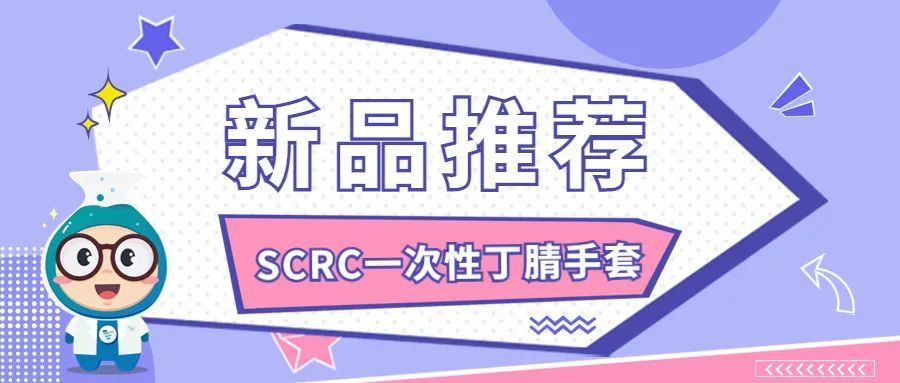
▲ SCRC Disposable Nitrile Gloves

▲ Change frying oil every 10 days?
Famous restaurant fails!
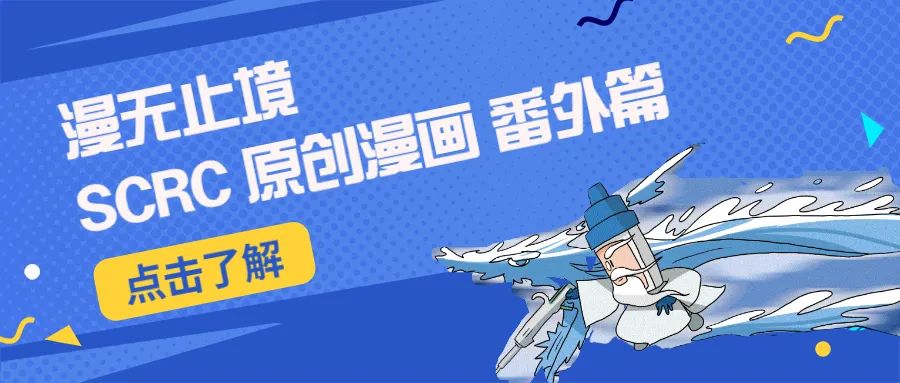
▲ SCRC Original Comic “Side Story”
Now online!
